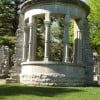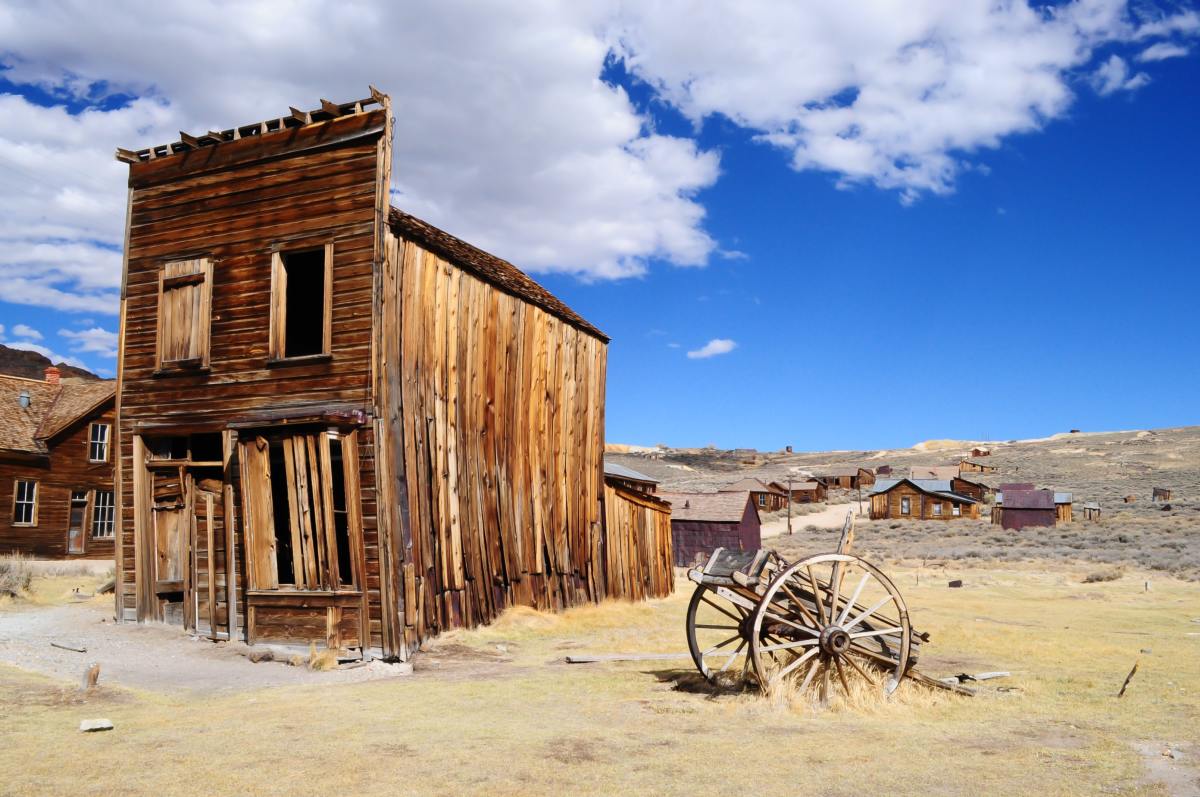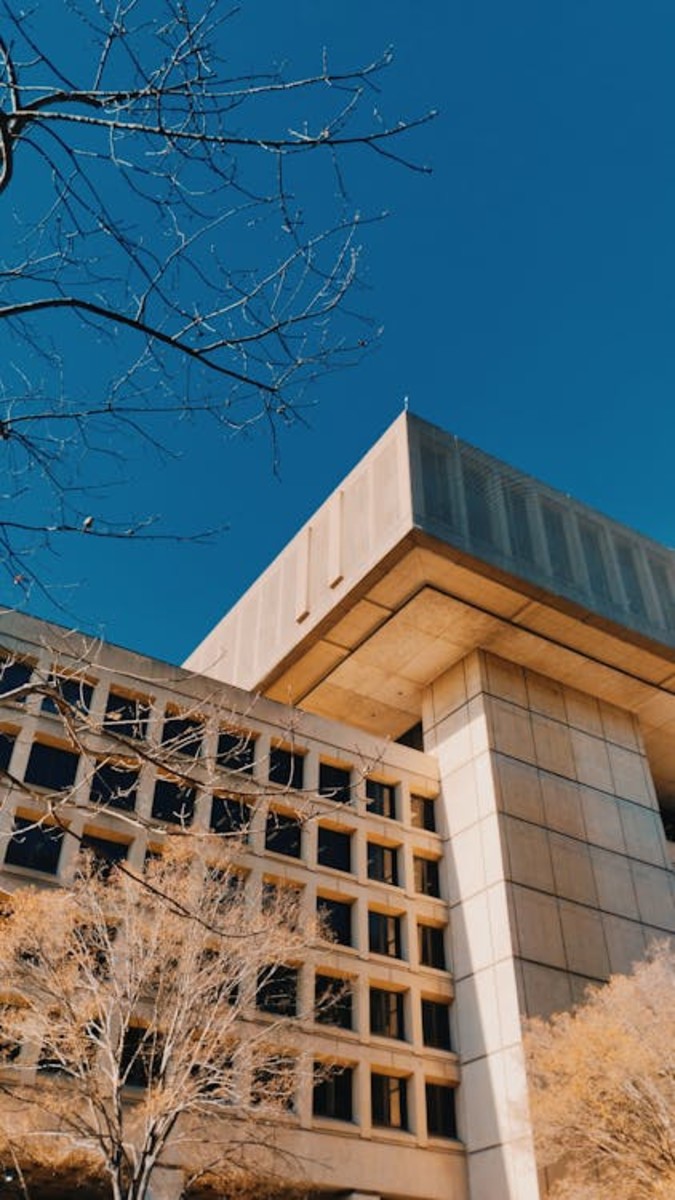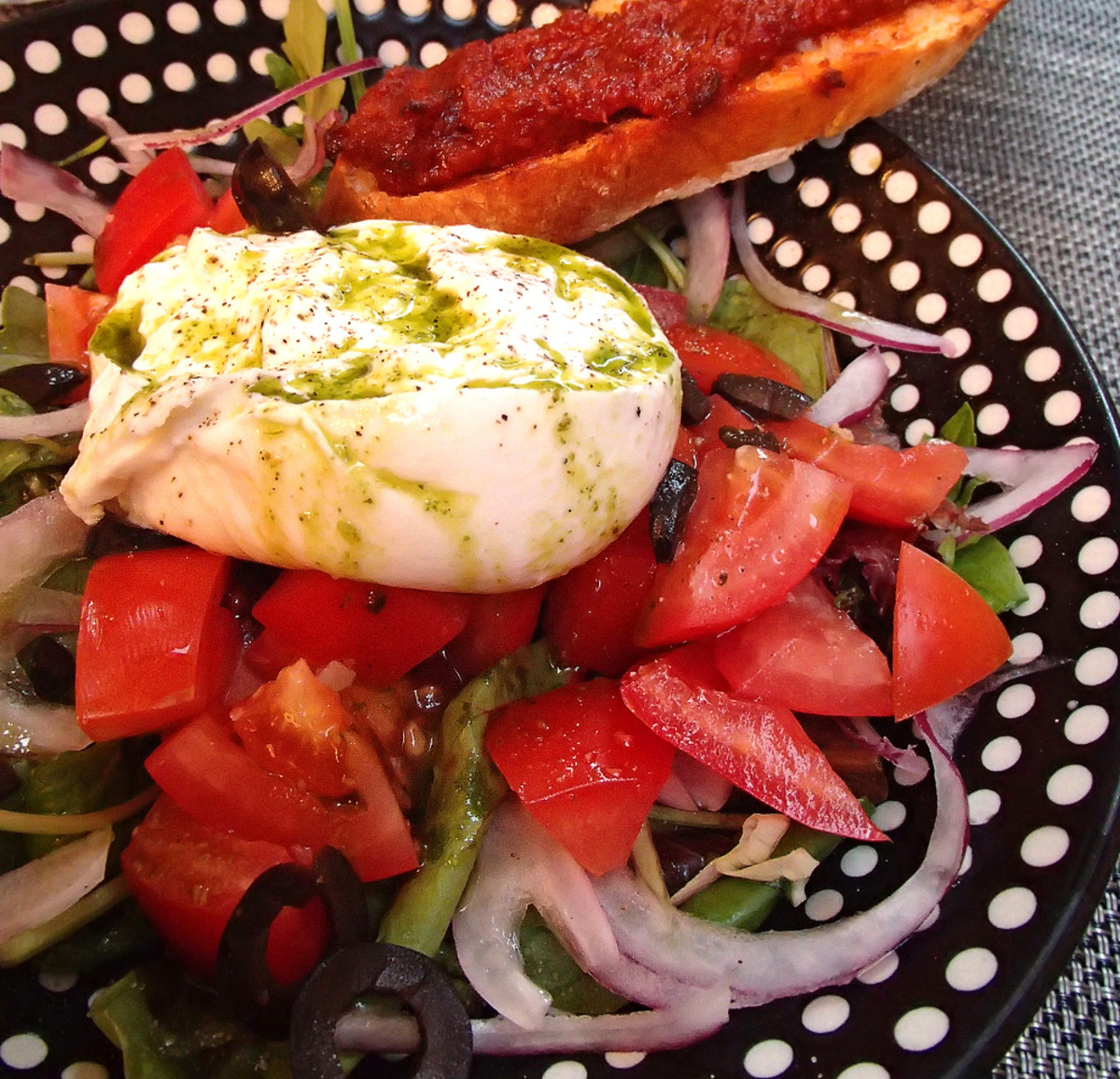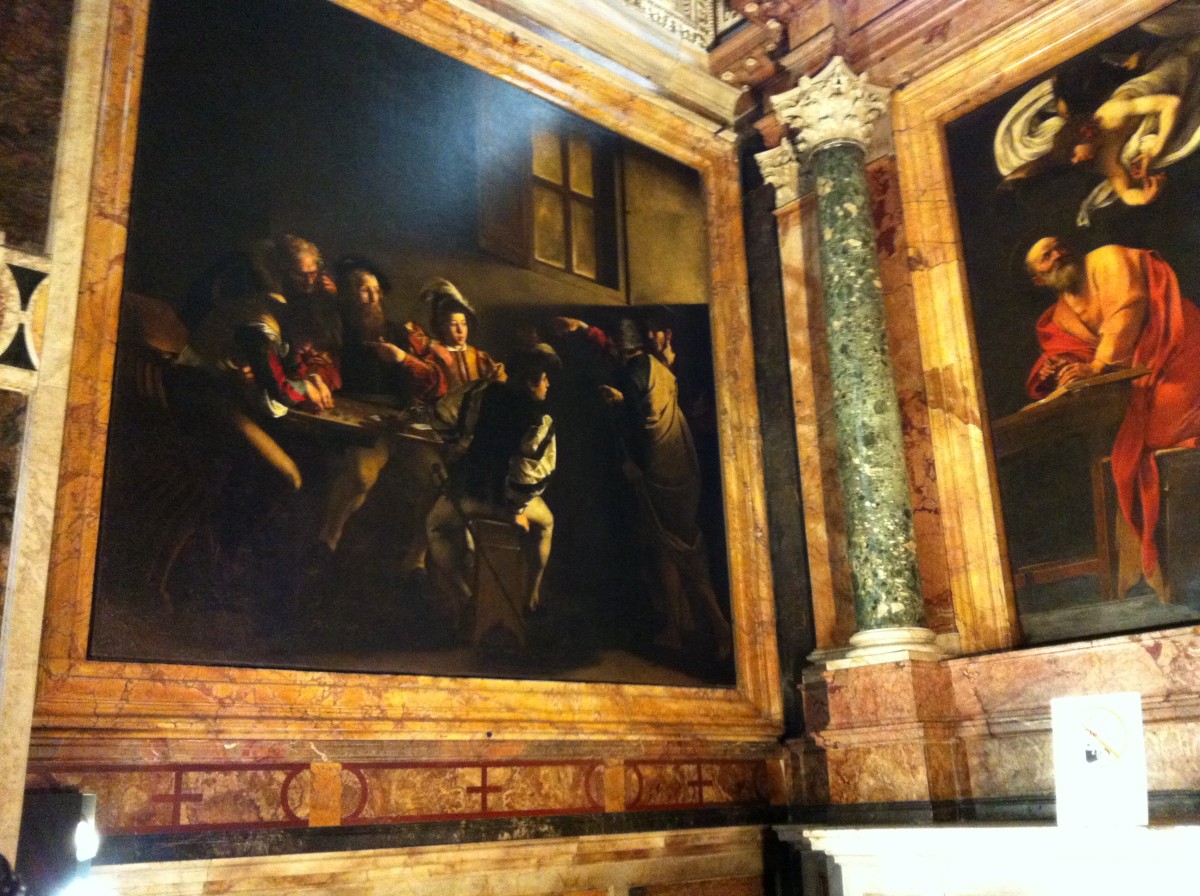Visiting Gothenburg, Sweden and Its Former Post Office Building: Sedate Neo-Classicism by Ernst Torulf
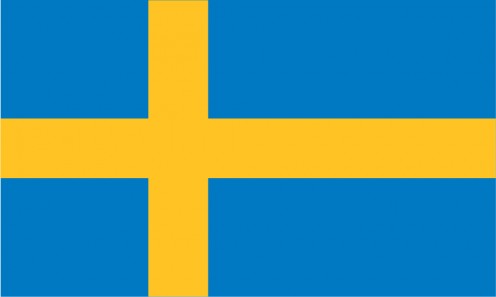
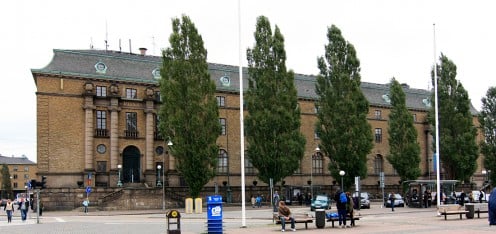


Nordic, pillared distinction
This sedate building in Gothenburg (Swedish: Göteborg ), Sweden was erected in 1925, the responsibility of architect Ernst Torulf (1872-1936)(1).
Some history and features
Among the Neo-Classical structure's noted features are its imposing, pillared and Mansard-style roof.
So, what was the original purpose of this fine building? was it built as a royal palace? To the unfamiliar eye, this building as a backdrop for paparazzi for glossy publications, with expensive cameras in hand, seeking out chance pictures of well-groomed, high-heeled and honorably titled young ladies, would not seem unusual. (By the way, Swedish paparazzi tend to be a little more restrained than some of their foreign colleagues.)
No, it is, or once was, a post office. (When I visited Gothenburg, a map which I used still designated the building as a post office, as I recall.)
In Gothenburg, I was struck by the dignified lines of its buildings in the well-planned Downtown area. In fact, they were the very antithesis of what John Kenneth Galbraith called the syndrome of 'private affluence, public squalor' (the idea being that, with all the wealth that exists, it remains in private hands, with little available for public works of quality). Well, this former post office building at Drottningstorget (Queen's square), Gothenburg is certainly a high quality building.
It was expensive, also. At its planning stage, its cost was estimated as SEK 2 million. In fact, on completion, the final price tag was SEK 8.4 million.
Still, the former post office building in Gothenburg was the largest office in the city; indeed in the whole of Sweden and Scandinavia. To date, it was also the most expensive building project hitherto undertaken in Sweden.
In any case, the building seems to have escaped the stark functionalism which so often pervaded public buildings designed in much of the 20th century. It must be remembered that Sweden did not participate in World War One (2), which for many European countries proved to be the catalyst for the adoption of a rather different sort of public architecture. An expert will doubtless be able to correct me, but there is something rather redolent of the pre-World War One era about the sedate lines of Gothenburg's former post office.
I am beginning to suspect that, even in 1925, this dignified, monumental structure, designated an historical building in Sweden, housed far more than simply postage stamps ... . (Or, stated another way, imagine the real cost of the postage stamps sold her when calculated to include the cost of designing, erecting and maintaining this fine public building.)
Notes
(1) Other buildings for which Architect Torulf was responsible include the Hvitfeldt school (1919), Gotheburg, and the Natural History Museum (1923) and, with Ivar Tengborn, the City Hall at Borås (1906-1910); indeed, Architect Torulf participated in many public building projects.
(2) Indeed, neither did Sweden participate in World War Two. In this respect, Sweden was rather an exception among European countries.
Also worth seeing
In Gothenburg itself, museums include: the Maritime Museum, the Volvo Museum, the City Museum of Gothenburg and the Gothenburg Museum of Art. Downtown Gothenburg's canals are picturesque: Dutch engineers were responsible for them, centuries ago.
North of the city, at Säve, the Aeroseum is an aviation collection, with insights into Swedish defence measures undertaken during the Cold War.
...
How to get there: Delta Airlines (with KLM) flies from New York via Amsterdam to Gothenburg-Landvetter Airport (Göteborg-Landvetter flygplats). North American visitors making London, England a base, may find it convenient to fly with Ryanair from London Stansted Airport to Göteborg-City Airport . Please check with the airline or your travel agent for up to date information. You are advised to refer to appropriate consular sources for any special border crossing arrangements which may apply to citizens of certain nationalities.
MJFenn is an independent travel writer based in Ontario, Canada.
